Learning how to make liquid and bar soap for hand washing or face washing is one of the easiest ways to make money at home.
liquid hand wash soap
It can be done shortly and you can consider it as your second job, too. If you want to go beyond basic cold-process soap, make liquid soap. Bar soap is easier to make than liquid soap. Alkali is used to saponify oils in liquid and bar soap. All soap, liquid or hard, is made from oils and an alkali. Bar soap uses sodium hydroxide to react chemically. In making liquid soaps, potassium hydroxide lye is used. Make sure not to miss a step to neutralize the excess lye, as liquid soap is often made with extra lye to saponify the oils. Devices You Need lye mixing gear Slow cooker thermometer cups A blender, masher, or flat whisk Materials 16 0.5% sunflower oil Coconut oil 7 oz potassium hydroxide (5.5 oz) s16 Add 1/2 ounce of distilled water to lye. Add 40 ounces of distilled water to thin the soap paste.2 oz boric acid (or 3 oz. of borax mixed into 10 or 6 oz. of water)3 oz fragrance or essential oil, if desired If desired, add soap dye. Instructions Create Lye-Water Solution. Liquid soap uses a “hot process” as opposed to bar soap. Heat is provided by a double boiler, oven, or slow cooker, not by saponification. While a double boiler or oven may be used, a slow cooker is recommended. It keeps everything in one pot and allows uniform cooking without a double boiler’s water level. To mix lye water, do the following: Oils should be measured in a slow cooker on low. Keep this mixture at 160 F. (give or take 10 degrees). Prep your lye-water mixture while the oils heat. If you’re new to potassium hydroxide, don’t worry. It dissolves with a bubbling/groaning sound and is more volatile than sodium hydroxide in water. Usual. Mix the lye-water into the oils until they are clear. You don’t need to cool it. Don’t start the blender. Just stir lye and oils together. Use the stick blender as you would for cold process soap. Keep mixing if the mixture separates. Apply Soap Paste to Trace Trace may take 30 minutes, depending on your oil combination. “Trace” is how cold-processed liquid soap looks. 
liquid hand wash dispenser
With the “traces” or ridges that appear as you drip or stir the soap, it has a pudding-like consistency or is like pudding and applesauce. Make sure you have a firm trace before moving on since you can’t overmix. Make paste When the soap reaches trace, give it a final stir, remove the stick blender, and wait. In 15 minutes, check the soap. Stir and cover if it separates. In 20 to 30 minutes, check the soap. This soap will change over the course of three to four hours. Don’t worry if you miss a step. A quick stage can be missed. These six phases are common: Thick applesauce Bubbly cooked custard mash that’s too wet Solid taffy or creamy petroleum jelly opaque petroleum jelly In each stage, stir every 30 minutes. The taffy stage is difficult to stir. Do well. Potato masher used to break up taffy. When you think the soap won’t cook, it becomes creamy and enters the petroleum jelly stage. Three to four hours later, the soap will be softer and clearer. You must time the soap at this point to see if it’s cooked enough. Steps to test: Add 1 ounce of soap paste to 2 ounces of hot water in a separate basin. Soap dissolves faster in water when it’s stirred. Check the liquid’s clarity when dissolved (a few minutes). A soap is done when the mixture is hazy. Soap “sets” and becomes clearer when finished. If the soap mixture is milky or cloudy, cook longer. Thin paste. Proceed if the test mixture clears. Steps for diluting paste: Add 40 ounces of distilled water and boil. Mix soap paste and water. Spoon or potato masher it in. Turn the slow cooker off. Wait 1 hour with the lid on. An hour later, stir again. Now, it should have mellowed. It may be clumpy and gooey. Replace the lid and let the mixture dissolve overnight, or stir it every hour. 
liquid hand wash refill
Neutralize soap When the soap paste has dissolved in water, neutralise it and add fragrance. Take action: Turn on the slow cooker and heat the mixture to 180 degrees F. Mix the neutralising solution elsewhere. You can make 20% boric acid or 33% 20 Mule Team Borax. 8 ounces of water and 2 ounces of boric acid make boric acid. 3 ounces Borax in 6 ounces boiling water. A hot mixture must be thoroughly stirred. Borax or boric acid will precipitate out of the soap as it cools. To 1 pound of soap paste, add 3/4 ounce neutralizer (just the paste, not the added water.) Add 2 ounces of neutralizer to 2.8 pounds of paste. It’s best to round down how much neutralizer you add because too much (especially boric acid) can cause cloudiness. Add the neutralizer to the reheated soap mixture slowly. First, add 1 oz and wait. Then add half an ounce. Add the last half-ounce if the liquid is clear. Add colour and smell. While the soap is still hot, add scent and colour. As a rule, fragrance liquid soaps between 2% and 3%. In this recipe, three ounces of fragrance are needed. When adding fragrance, mix well. Add a few drops of colour and stir well. When adding colour, remember the amber soap base. Cool the soap. Large bottles or jars should hold the soap. To rest soap, put bottles or jars in a cool place. Insoluble particles should sink to the bottom, and any minor cloudiness caused by insoluble particles in the added fragrance oils or the oils themselves should clear up. The soap needs a week to settle. Be careful not to disturb settled solids when pouring soap into bottles or tubes. Liquid soaps have almost as many recipes as bar soaps. Due to the oil content, homemade liquid soap may have a longer shelf life than bar soap even without preservatives. But different oils and production methods yield liquid soap, shampoo, and shower gel. To buy organic, handmade soaps with a variety of fragrances, you can get in touch with us and submit your order. 
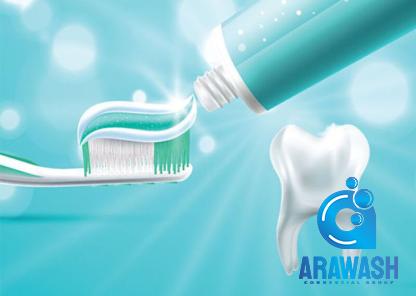
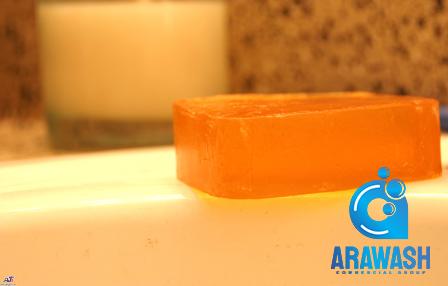
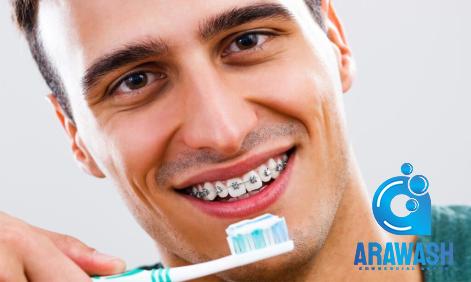
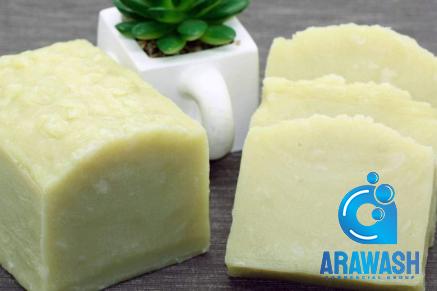
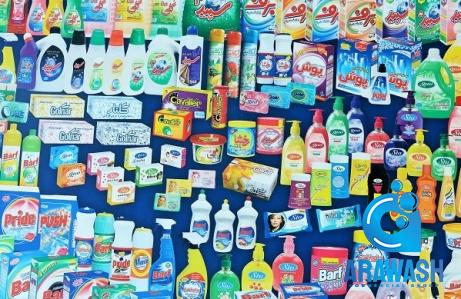
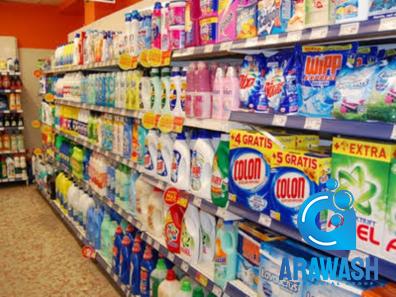


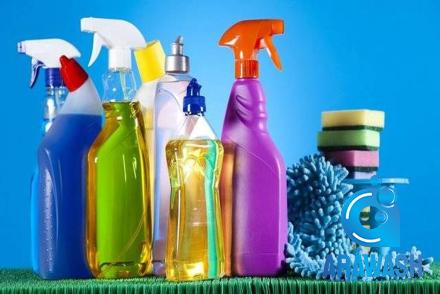
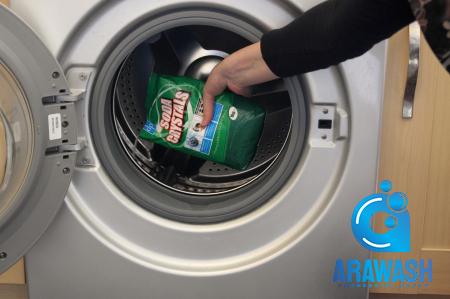
Your comment submitted.